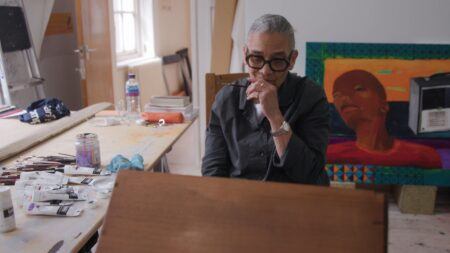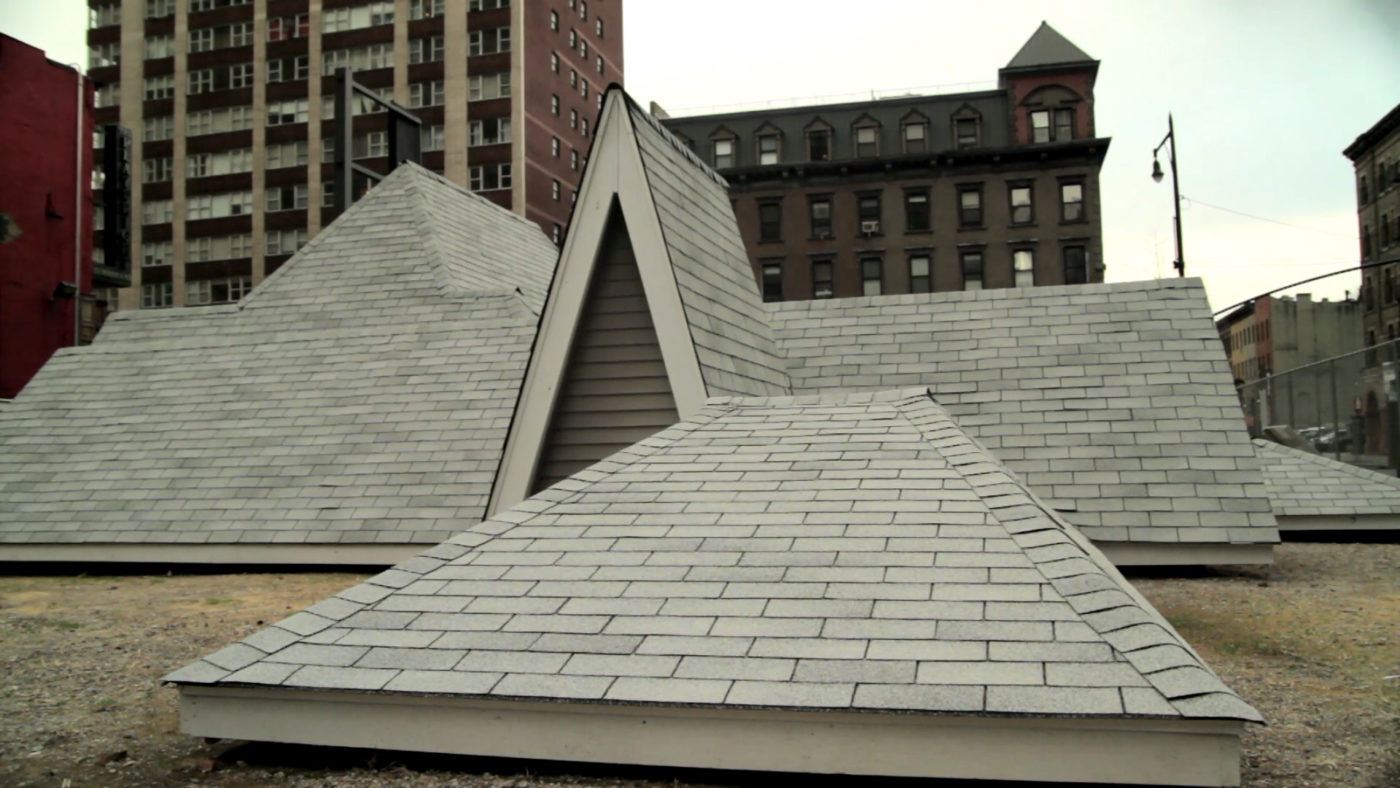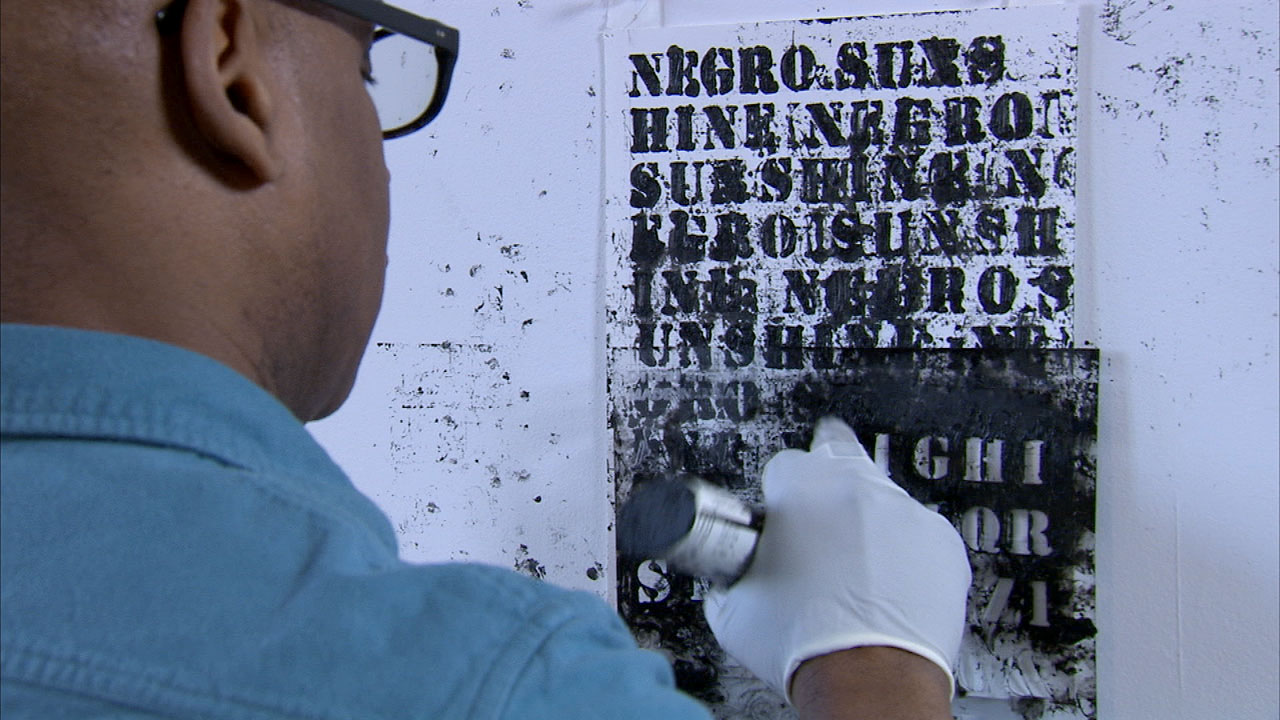Continue playing
(Time remaining: )
Play from beginning
Continue playing "{{ controller.videos[controller.getVideo(controller.currentVideo)].segmentParentTitle}}"
{{controller.videos[controller.getVideo(controller.currentVideo)].title}} has ended.
Add to WatchlistRemove from Watchlist
Add to watchlist
Remove from watchlist
Playlist
Teaching with Possibilities
by Catherine KarpMay 19, 2021
1:10:38 total runtime
Donate to Art21
Set up a recurring donation or make a one-time donation.





